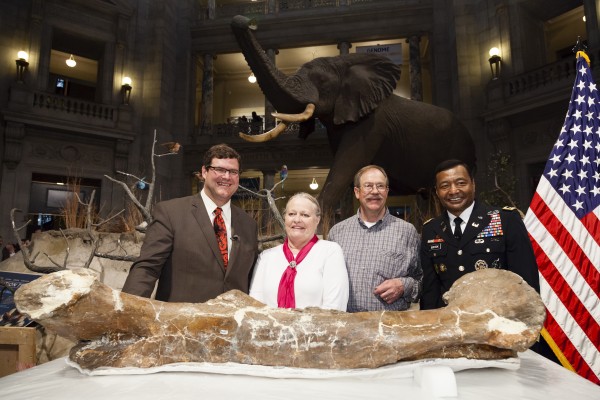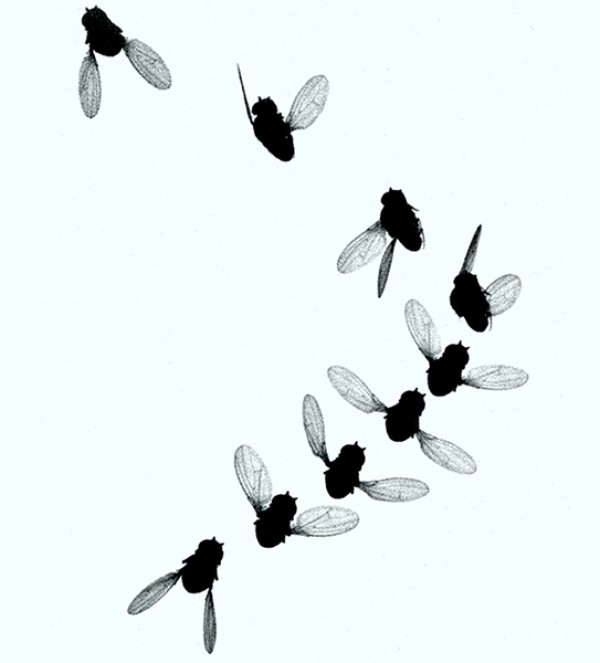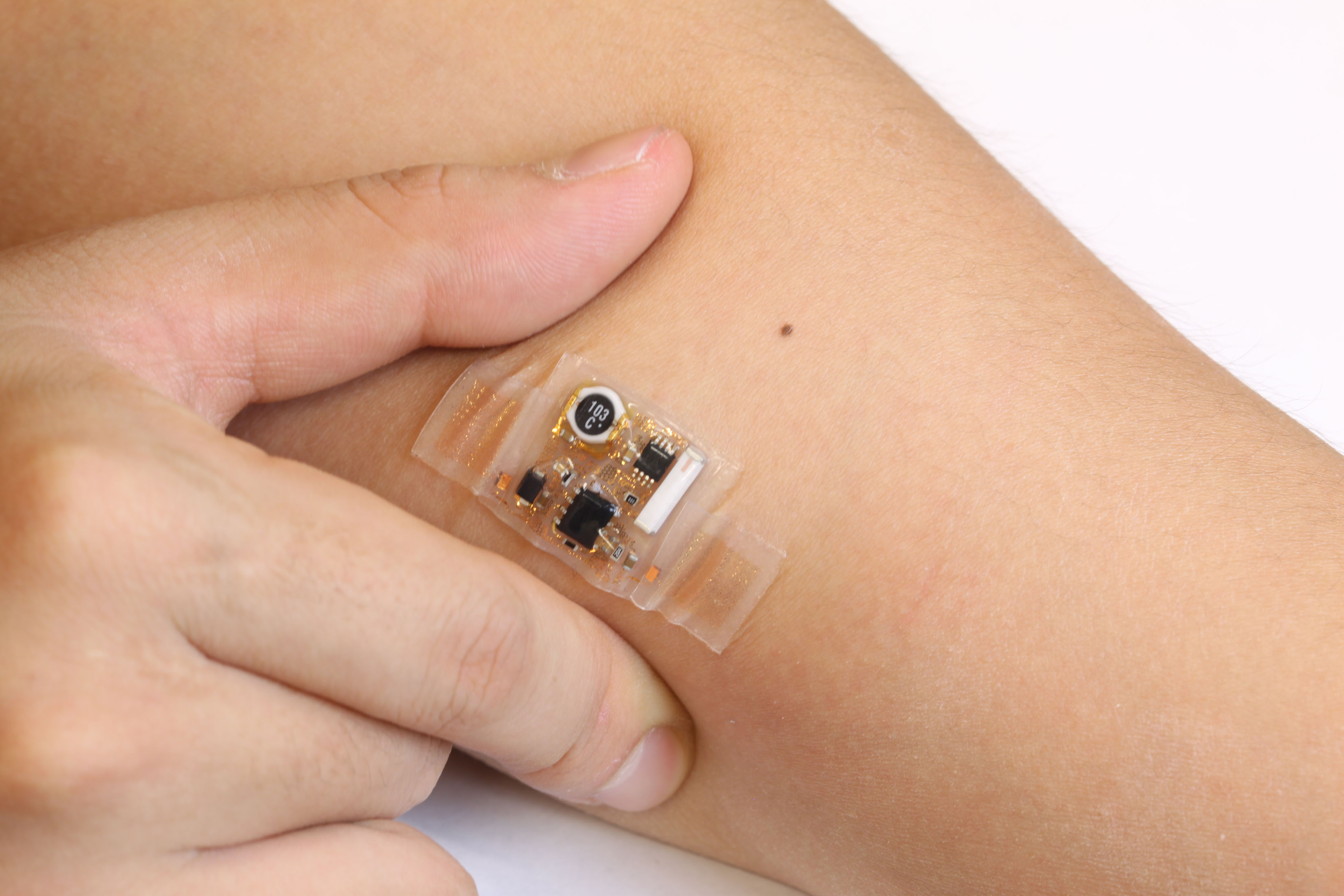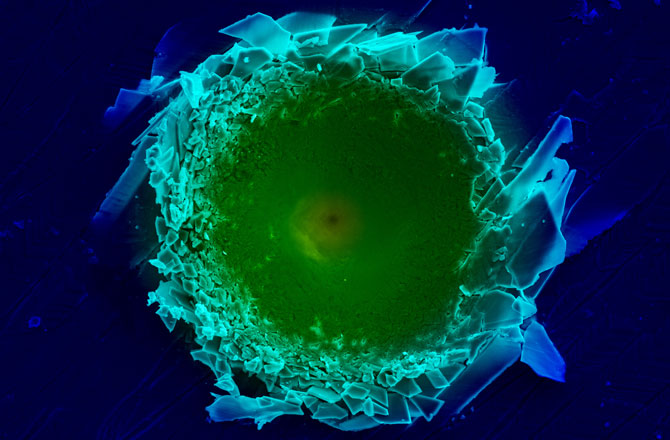
Dino Delivery: T. rex Arrives in Washington, D.C.
Science, April 2014A Tyrannosaurus rex baring banana-sized teeth is taking over Washington, D.C.—and it came via FedEx. The 12-meter “Nation’s T. rex” arrived this morning at the Smithsonian Institution’s National Museum of Natural History accompanied by a police escort and was greeted by a packed hall of reporters and dinosaur lovers.







